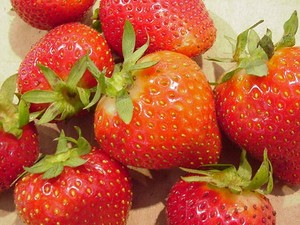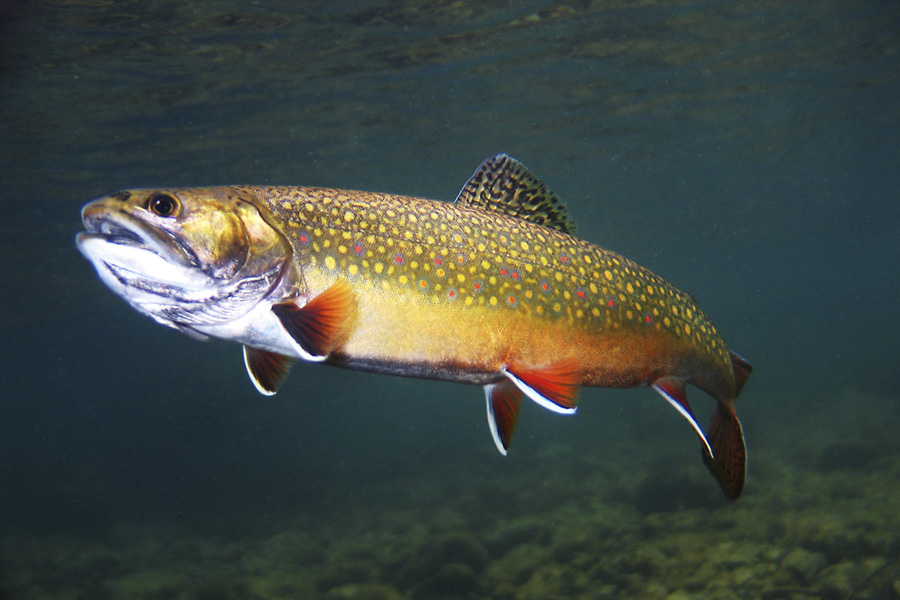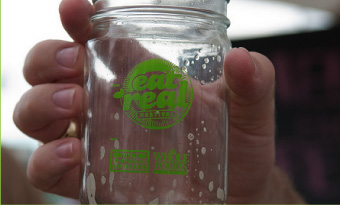We’ve long known that strawberries are among the most heavily sprayed crops, and now we have another reason to worry. Yet another chemical is being considered to add to the war on bugs. Remember this name: methyl iodide. You’re going to be hearing a lot about it.
This week, though, the state of Washington ruled against allowing the pesticide maker to sell it in their state, giving hope to those who don’t want it permitted in California. The Pesticide Action Network, based in San Francisco, applauds the decision, as does a spokesperson for the Physicians for Social Responsibility. Earlier this year, a report from Californians for a Healthy and Green Economy asserted that the state could save $700 million a year in health care costs if we reduced our exposure to toxic chemicals. One expert said, “California’s budget crisis has led to drastic cuts in health services, and the cost of healthcare is soaring across the nation. If we can prevent illness, save money, and save families, then we need to do it,” says Martha Arguello, Executive Director of Physicians for Social Responsibility-Los Angeles. “Physicians advise patients on how to lead a healthy lifestyle, but no amount of physician consultation can prevent exposure to some of these toxic chemicals — the government has an obligation to step in and make create public health protective policies.” http://yubanet.com/california/CA-could-save-700-million-in-health-care-costs-by-reducing-chemical-exposure.php
While you’re waiting for the government to protect us, do you want to see a colorful, scary readout of the pesticides you just might be putting into your body? Pesticide Action Network has created an amazing website (aptly named What’s On My Food) where you can click on the name of a food and get a slew of information about what chemicals are used to grow it in conventional agriculture. Just the names of the types of chemicals give me the willies: carcinogens, hormone disruptors, neurotoxins, and developmental or reproductive toxicants.
Chemical war against bugs seemed like a good idea a few generations ago, but now the dangerous side effects are well known. If you can’t afford an all-organic diet, please think about making strawberries the first organic on your grocery list.
Also found on the Examiner.com



